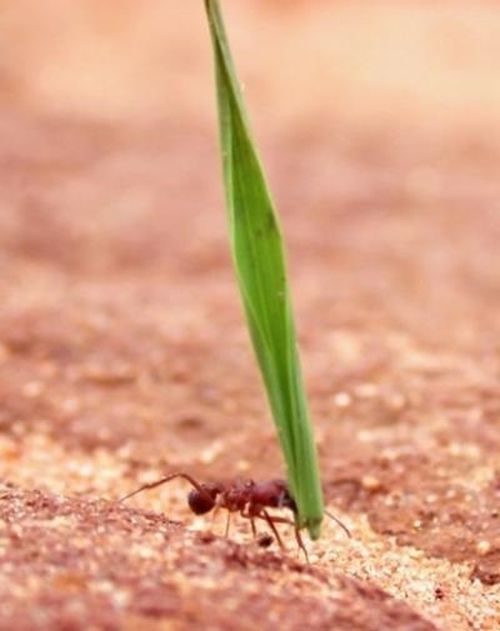Ants are very social creatures and live in large colonies consisting millions of individuals. Their society is divided as per hierarchy. Until now the presence or absence of wings were characteristic feature to differentiate the queen from its workers ants. But in a recent study it was noticed that the size of the thoracic segment may vary as per the work ants are designated to perform after attaining maturity. This may also explains how the ants carry load weighing many times than the weight of themselves.
Creatures that live in society have clear division of labor and often show relation between their physiology and behavior. Interestingly the species has a common gene pool, but individuals has different job to do and accordingly vary in their bodily structure. In ants, queen posses’ wings are larger in appearance while the wingless work is petite in size. To further understand these differences, scientists observed the ants minutely.
Scientists considered living as well as extinct ant subdivision, for studying the thoracic segment (containing limbs and wings). They found that the thoracic segment in workers ants are imminent to the head and is greatly inflated, containing robust neck muscles. These muscles control the movement of the head, which accommodate the jaw which is responsible for holding and maneuvering objects or prey.
Patricia Beldade, member of the research team said:
Our analysis of morphology shows that worker ants are much more than just smaller and wingless versions of queens, and have a body plan that provides great strength and maneuverability to their heads. It also shows that queens that start new colonies without the help of workers can have two types of body plans associated to whether they go through a worker-like hunting phase or not.
The researchers believe that diversity within same ant species has a major role to play in ant’s ecological prosperity as they are widely spread throughout earth colonizing almost in any environmental conditions where other creature does not survive.
Source: Nature World News




